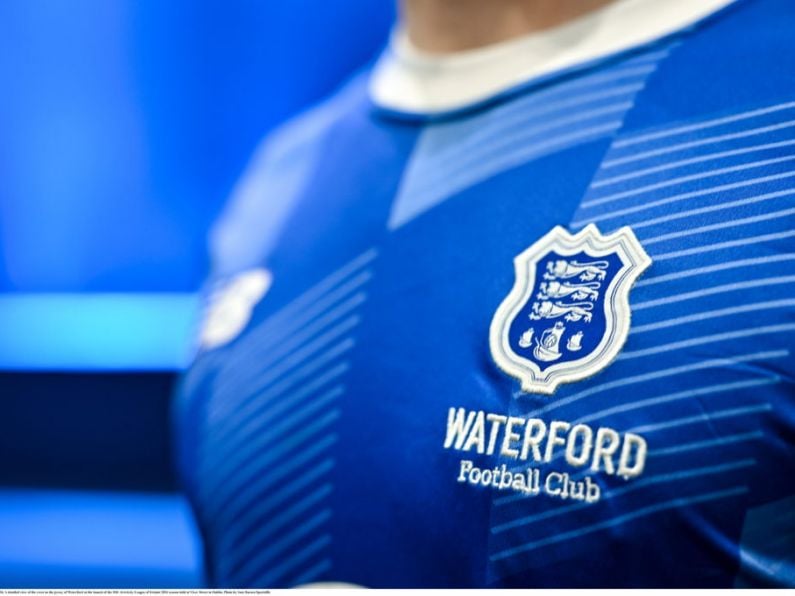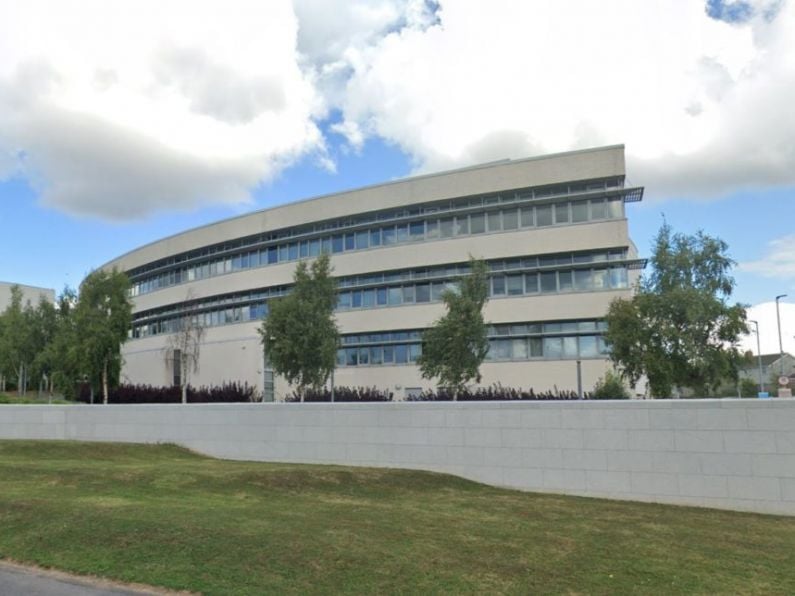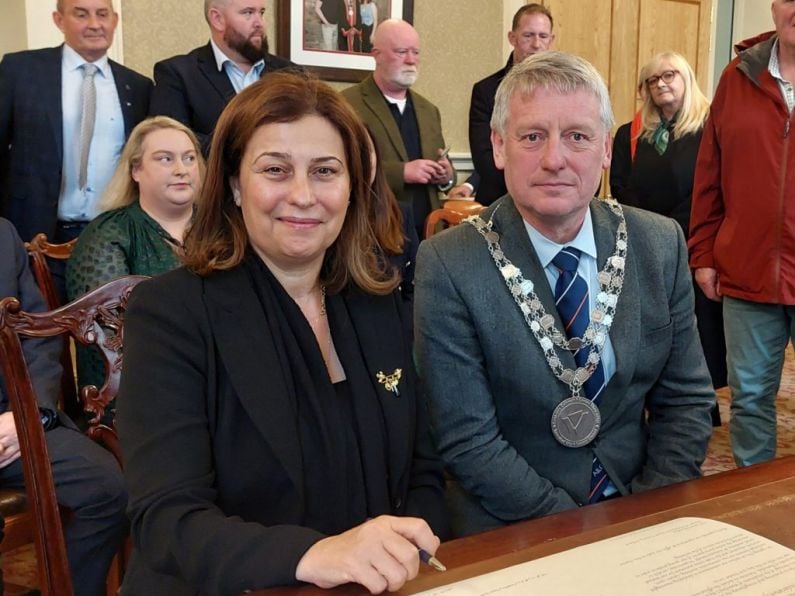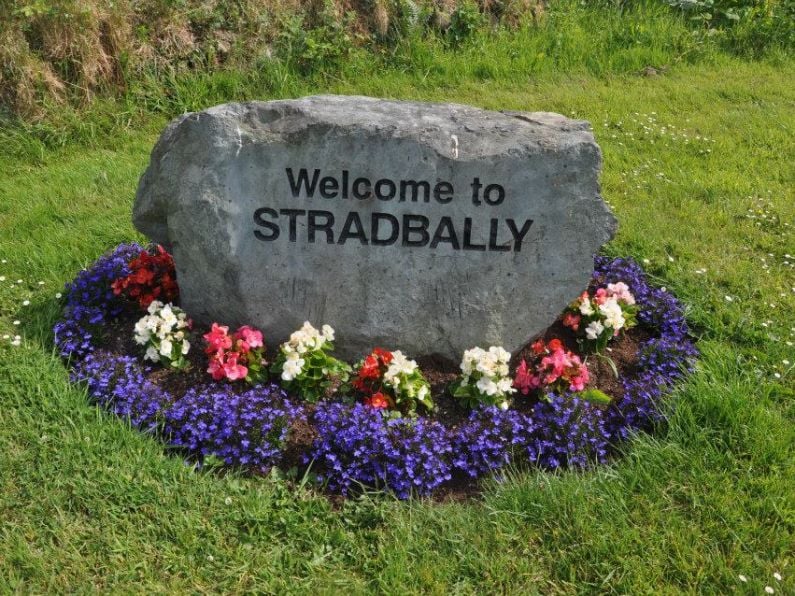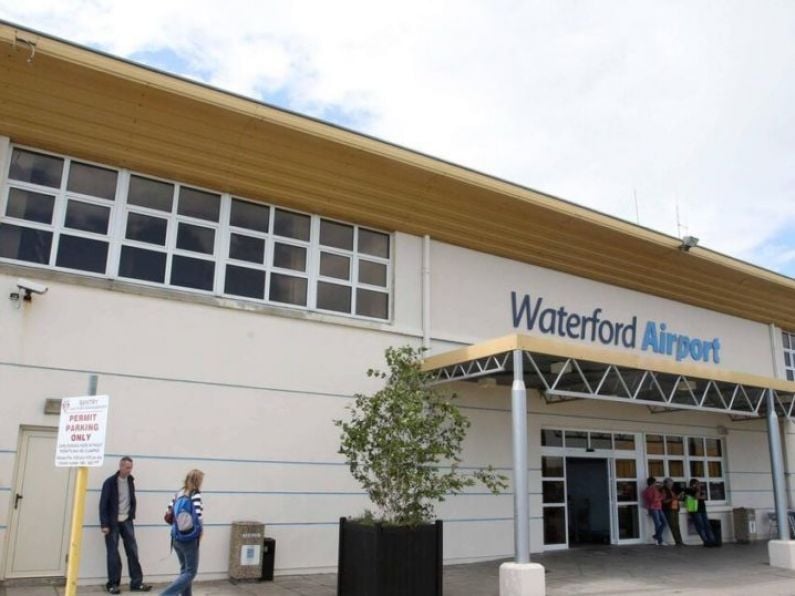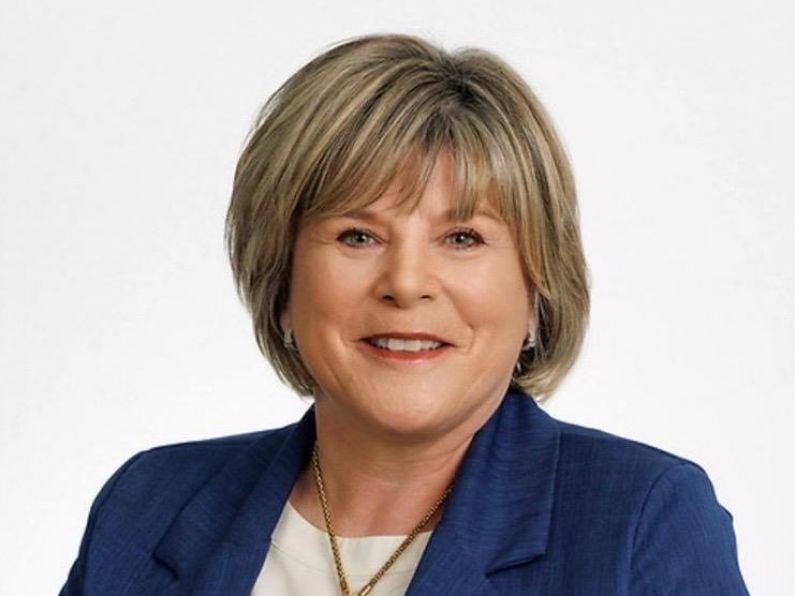By Cate McCurry, PA
The jury at the inquest into the deaths of four Irish Coast Guard aircrew in the Rescue 116 helicopter crash has recorded verdicts of accidental death.
The jury of eight started deliberations on Wednesday afternoon and resumed on Thursday morning.
Rescue 116 crashed off Co Mayo at 12.46am on March 14th, 2017 during a search-and-rescue mission with four crew on board, after it struck Blackrock Island, 12 miles off the Irish coast.
At the time of the accident the crew were offering support to an operation to airlift an injured man from a fishing trawler.
Captain Dara Fitzpatrick, the commander of the flight who was based out of Waterford, was pulled from the sea in the hours after the crash and never regained consciousness, and the body of Captain Mark Duffy, the co-pilot, was taken from the cockpit 12 days later by Navy divers.
The bodies of winchmen Paul Ormsby and Ciaran Smith were never recovered, despite weeks of intensive searches of the seabed, surface and shore.
In her address to the jurors ahead of their deliberations, Mayo coroner Dr Eleanor Fitzgerald said the incident appeared to her to be an accident, but that it was their decision to agree on.
The inquest, which took place at Belmullet Civic Centre in Co Mayo, heard from a total of 23 witnesses, including Coast Guard crew, members of the RNLI, colleagues of those who were killed in the incident, crash investigators and gardai.
On Wednesday, the inquest heard how the visibility in the moments before the crash was “very poor and dense”.
Vincent Sweeney, who worked as a lighthouse attendant at Blacksod, told the inquest how visibility can change in a matter of minutes.
He said that visibility was some 400 to 500 feet at the time.
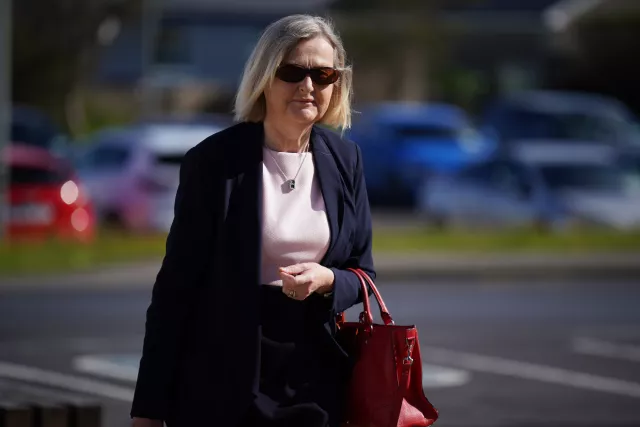
He said of the visibility on the night of the crash: “It can happen (drop) very fast, it’s very bad. You could hardly see your arm in front of you.
“It was more a mist that turned into a deadly fog. It was like soup. That happened within minutes.”
He told the coroner that he waited outside the lighthouse for R116 to land but could not hear or see them.
He said he became concerned when they failed to appear and tried to contact them with his handheld radio, but could not reach them.
Mr Sweeney, who has worked at the site since 1981, said he contacted Malin Head to establish if they had heard from the R116 crew.

Staff at Malin Head said they were surprised that the crew had not yet landed at Blacksod and within minutes they issued a mayday call.
Michael Scott, a commander of Rescue 118, told the inquest that while rescuing the injured fisherman he was told that R116 was missing.
While making their way back to land, they passed close to Blackrock Island where “almost immediately” they saw strobes and debris in the water.
Another member of the crew spotted a body floating in the water but they were unable to recover the body as sea conditions were too difficult.
An investigation published last year into the crash identified “systemic safety issues” and made 42 safety recommendations.
The investigation found that the aircraft was manoeuvring at 200ft and nine nautical miles from the intended landing point, at night and in poor weather conditions, unaware that a 282ft obstacle was on the flight path.

There were “serious and important weaknesses” with the operator’s safety management systems (SMS) in relation to navigation and the reporting of safety issues, “such that certain risks that could have been mitigated were not”, the report said.
The investigation report found that concerns had been raised over the navigation system, the enhanced ground proximity warning system (EGPWS), four years before the crash.
The report into the crash said that the crew were “unaware” it was heading for the Blackrock island.
The ordnance survey imagery did not show Blackrock and instead showed open water.





